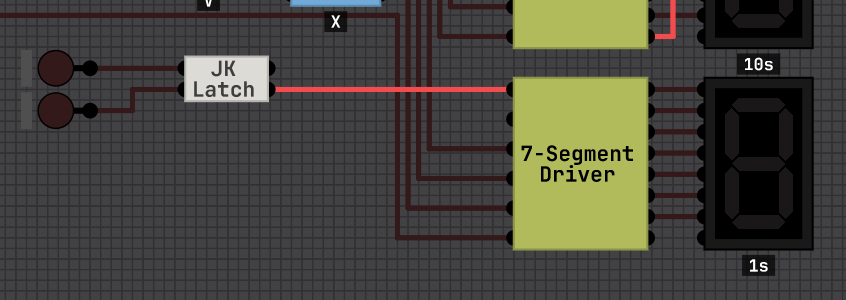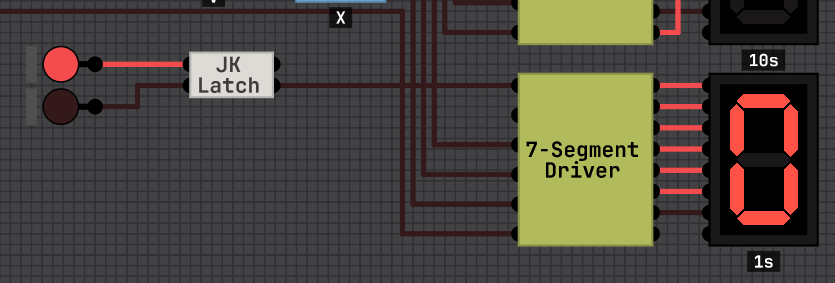I was making my adder and subtractor and got side trackt by putting a number readout in them and then ended up revamping my 8-bit number display(I LOVE THIS GAME FOR THIS REASON) but i wanted to add a function to the display where if nothing is pulgged in or its getting that disconnected state from the tri-state logic chip it goes completely blank where as now it shows a zero so im suggesting and asking that you add a disconnected state check chip or something i just would want something that lights up when its only disconnected not the zero or one state.
ALSO I LOVE YOU FOR RETURNING TO THE SIMULATION!!




